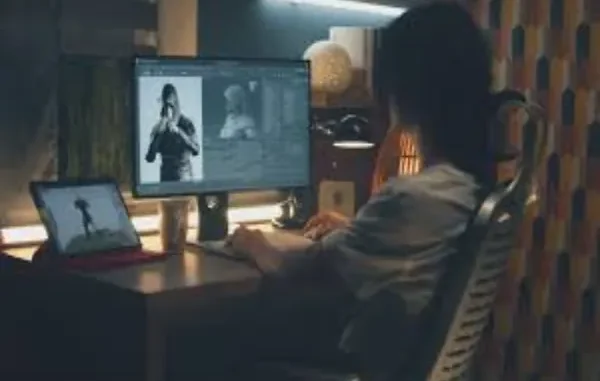
It is imperative in today’s legal practice to be able to present a case coherently and effectively. A way in which legal professionals are improving their presentations is by the use of 3D animations. It also enables large amounts of information to be presented in simple and easily understandable formats.
3D animation simplifies the details of a case making it easier to be understood by the juries or the judges who will be handling the given case. From a traffic accident to a surgery operation or the chronology of an incident, animations can help to elucidate these situations, guaranteeing that all the parties of the trial see the circumstances clearly.
Working With a 3D Animation Studio in Legal Planning
Most legal arguments depend on the distinct identification of particular facts that can be easily presented or explained. This is where a 3D animation studio comes in handy since they help to depict these circumstances realistically. For instance, when handling cases of personal injuries, it is possible for the animators to depict how the accident happened based on the information that is available, coupled with accounts from eyewitnesses. This visual helps the juror to visualize the scene and make proper judgment on the case.
Also, 3D animation is a good way to be able to see the scene from different points of view, something that text models or pictures can rarely provide. This intensive use of visual presentation helps in describing how the accident took place or showing the injuries in cases of personal injury.
Methods and Tools Used to Develop Legal 3D Animations
The steps in producing 3D animations for legal use are as follows. First, specialists from the 3D animation studio like High Impact collect all the information that can be obtained, such as reports, photographs, and statements from witnesses. They then design a replica of the event(s) using 3D modeling software.
These animations are developed with the help of experts and technicians who have adequate knowledge on legalities and technology of 3D animation. They make sure that each animation meets stringent accuracy standards because the believability of a presentation could determine the resolution of a case.
The Use of 3D Animation in Courtrooms
Let’s imagine a case where a pedestrian has been involved in an accident and this is a subject of litigation. Usually, simple photographic evidence or eyewitness statements can be rather vague as to the exact chronological order of events. Here, a 3D animation can take into account all the information known, recreating the accident and displaying the incident in a clear and comprehensible manner.
In a case of a medical malpractice, a live animation illustrating the procedure that caused harm to the patient may provide a clear explanation of what went wrong and why. Such animations make it easier for ordinary people on the jury to grasp medical procedures and factor in (or out) negligence.
Conclusion
Courtroom animations are revolutionizing the manner in which advocates argue their cases within the court of law. Not only do they improve comprehension and interest but they also assist in presenting information in a more easily digestible manner. A firm like High Impact is able to produce the best legal presentations—vital for a team whose eyes are set on a win.
Leave a Reply